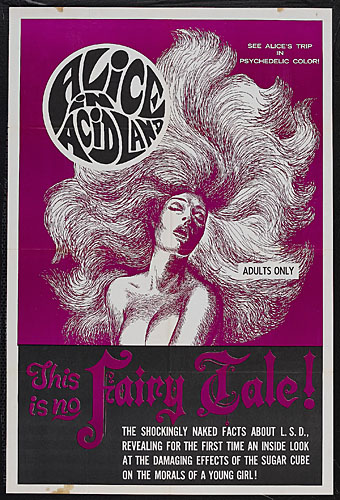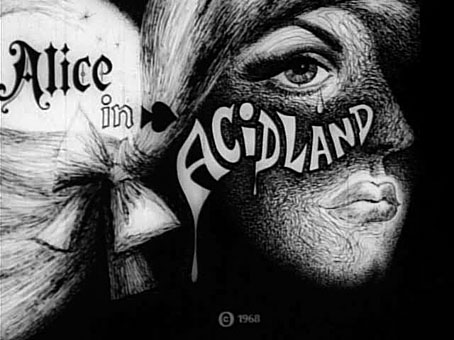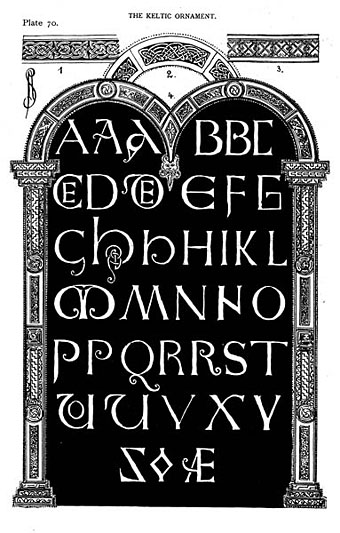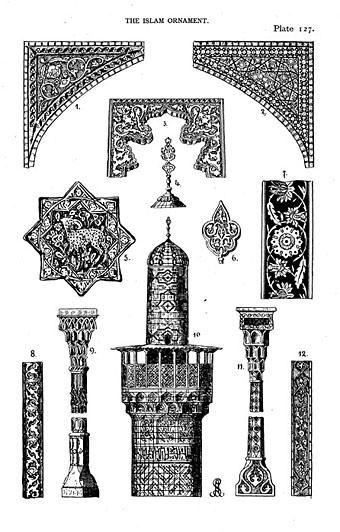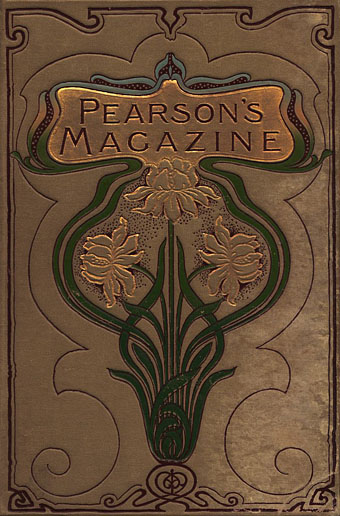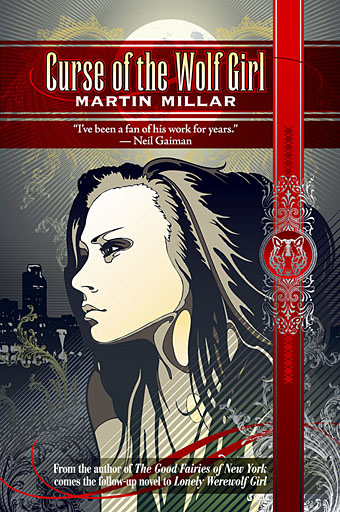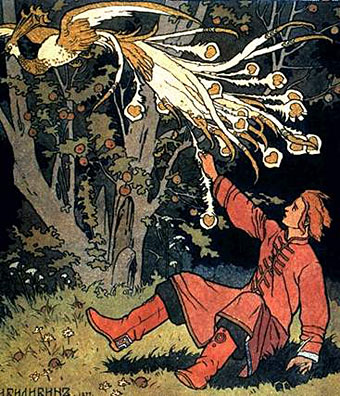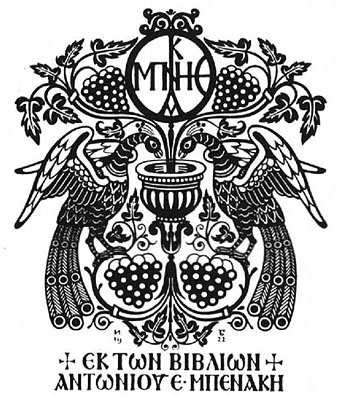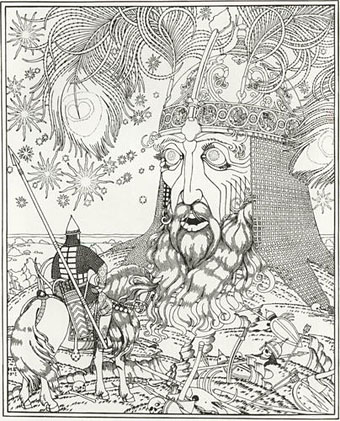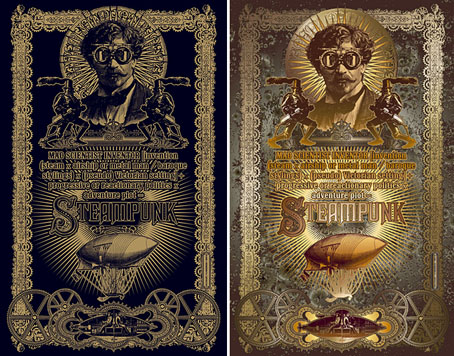
Yes, it’s these again, and no, I’m not posting them because it Christmas (although you probably don’t believe that). This is the first opportunity I’ve had to add the designs to CafePress after letting them sit for a while seeing as they’re all still available on Modofly’s book range. I’ve had queries recently for the Steampunk designs as poster prints so these are now available in the usual CafePress sizes of large, small and mini. There’s also a range of CafePress t-shirts, and if you’d like one of those they have a bewilderingly extensive choice. The four pieces are:
• Steampunk | CafePress shop
• Steampunk Redux | CafePress shop
• Steampunk: Life in Our New Century! | CafePress shop
• Nyarlathotep: the Crawling Chaos | CafePress shop

While we’re on the subject of Coulthart merchandise, I haven’t mentioned that I’ve discontinued selling signed prints for the time being so CafePress is now the sole place to get a print of anything. I’ve been so busy recently that keeping up with print orders was becoming a serious problem, in addition to never having been very lucrative in the first place. CafePress has excellent printing and can produce things at a large size a lot more cheaply than I’d be able to manage. This doesn’t rule out signed prints altogether but in future they’ll probably be strictly limited editions, signed and numbered. Any developments along those lines will be announced here.
Previously on { feuilleton }
• New Modofly books
• Nyarlathotep: the Crawling Chaos
• Steampunk Redux
• Steampunk framed
• Steampunk Horror Shortcuts

